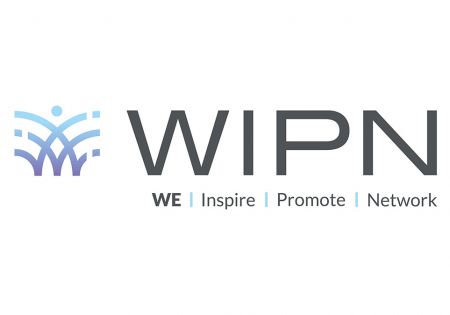For more stories like this, sign up for the PLANADVISERdash daily newsletter.
Private Sector Could See Public Retirement Plan
The Connecticut Retirement Security Board (CRSB) has submitted a report to the General Assembly recommending a number of initiatives to the legislature and the governor to address the issue of private-sector workers in Connecticut without access to a workplace savings plan.
The board was formed in 2014 to address the growing retirement crisis in Connecticut, with the goal of conducting a market feasibility study for implementing a public retirement plan and was required to report its findings by January 1.
The report details a proposed program account structure, governance and enforcement elements, a program model and the financial feasibility of such a program.
The program would likely serve, at a minimum, almost 600,000 Connecticut residents who have no access to workplace-based retirement savings. According to Connecticut-specific data from the Schwartz Center for Economic Policy Analysis at The New School, between 2000 and 2010, employers offering a retirement plan declined, from 66% to 59%. In other words, four out of 10 workers who live in Connecticut lack access to a retirement plan at work.
In developing a program model, the board focused on the policy goals of increasing retirement security through a low-cost prefunded retirement savings program that requires a minimal amount of financial sophistication, according to the report.
Businesses that currently already offer a 401(k) plan or other workplace-based retirement savings option to all employees would be unaffected by the proposed program. Participating employers would not have to contribute to the program—only provide a payroll deduction mechanism for employees to contribute. Employee participation in the savings program would be voluntary, using an auto-enrollment and an opt-out.
NEXT: Self-sustaining within two yearsThe program would need approximately $1 billion in assets to become financially self-sustaining, according to the financial analysis. At a 6% default contribution rate and auto-enrollment (with an opt-out provision), the program should reach that self-sustaining threshold at the end of year two, and repay any estimated upfront costs and ongoing annual expenses between the third and fifth years.
Other findings in the report are:
- Individual retirement accounts (IRAs) are feasible and suitable legal structures for the program, particularly for account portability. The board recommends offering traditional and Roth IRAs.
- The board recommends the legislature create an implementing board to oversee an independent entity responsible for managing the program, one that operates “with a maximum of transparency and reports to the legislature annually.”
- The program should be made available to all employees, including part-time employees, at the Connecticut location of a business or nonprofit organization that offers enrollment in the program, provided the employee has worked at that entity for at least 120 days.
- Individuals participating in the retirement program should be able to see their investments, performance, account activity and balances through a website.
The market and financial feasibility study of the program structure found it is financially feasible in most cases and meets all criteria identified for financial viability, including self-funding, attractive economics for third-party service providers, and reasonable fees for program participants (expected to be at or below 1%).
On the heels of the board’s market research and broad input from the public, academics and the business community, there is a practical way to help address Connecticut’s growing retirement gap in the state of Connecticut, says Kevin Lembo, state comptroller. “There is an entire generation of employees, many of them lifelong hard-working middle class people, who are headed to retirement financially unequipped, in part due to lack of access to a workplace-based retirement savings option,” Lembo says. “This is a problem, not only for those individuals and families who are financially forced to delay retirement indefinitely, but for our entire state and economy.”
The full report can be downloaded here.
You Might Also Like:
Itzoe Launches Getre(k)ruited.com Industry Networking Platform

Introducing WIPN — WE Inspire. Promote. Network.
Lori Lucas New President of EBRI
« Fiduciary Rule Will Impact $3T of Assets, Morningstar Says